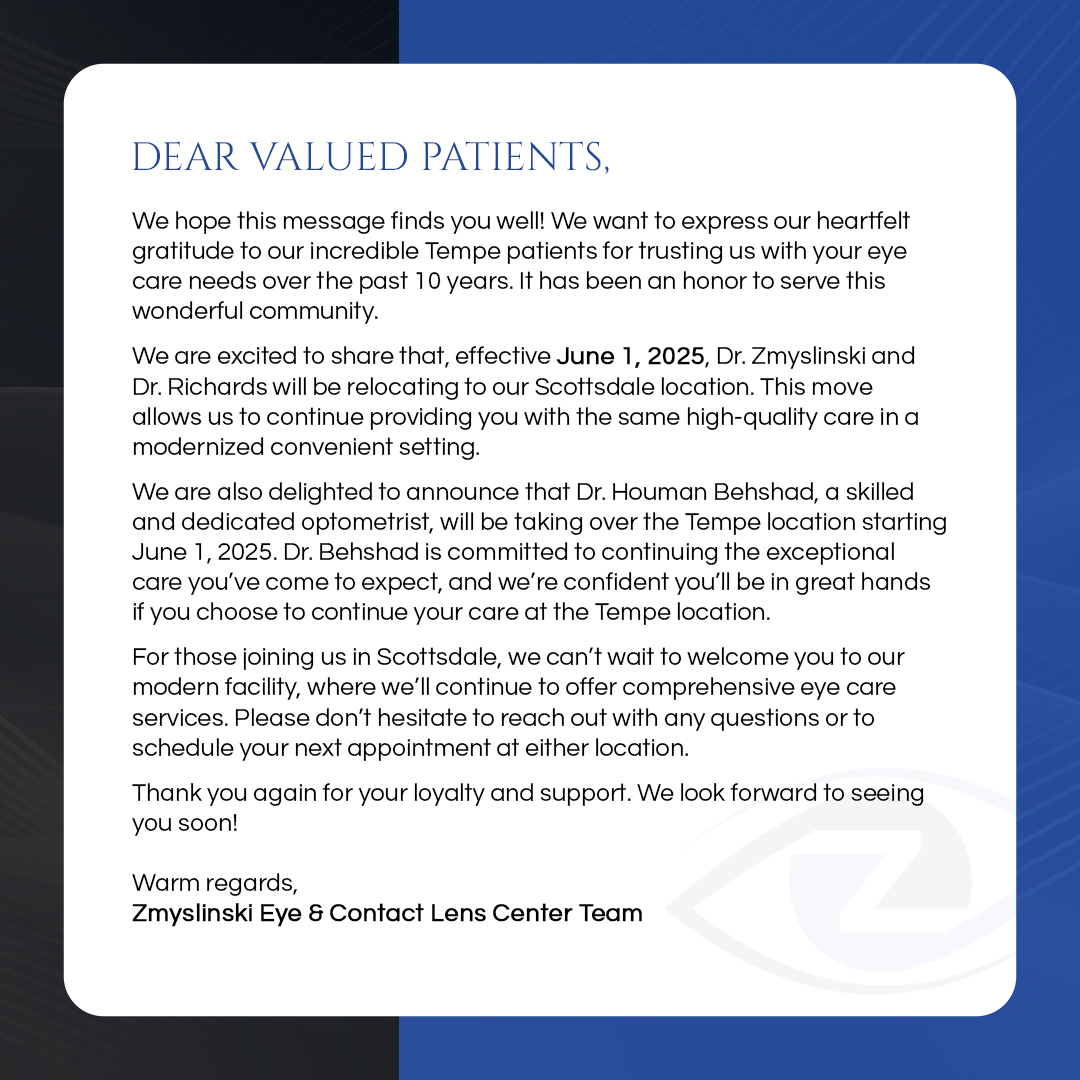
Myopia, also known as nearsightedness, is a common refractive error that affects the way your eyes focus light. If you have myopia, you may find it challenging to see distant objects clearly, while closer objects appear sharp and in focus. Understanding myopia and exploring effective management strategies can help you maintain optimal eye health and visual acuity throughout your life.
What is Myopia?
Myopia occurs when the eye's focusing power is too strong, causing light to focus in front of the retina instead of directly on it. This can happen when the eye grows too long or the cornea (the clear front part of the eye) is too curved. As a result, distant objects appear blurry, while close-up objects remain clear.
Myopia typically develops during childhood and can progress throughout the teenage years. It is a widespread condition, affecting an estimated 30% of the global population, with higher rates in certain regions, such as East Asia, where up to 90% of the population may be affected.
Myopia can have a significant impact on your daily life, making it difficult to participate in activities that require clear distance vision, such as driving, sports, or enjoying scenic views. It can also increase your risk of developing other eye-related problems, such as retinal detachment, glaucoma, and cataracts, later in life.
Causes of Myopia
Myopia is believed to be caused by a combination of genetic and environmental factors. Some key factors that can contribute to the development and progression of myopia include:
• Genetics: Myopia often runs in families, suggesting a strong genetic component. If one or both of your parents have myopia, you are more likely to develop it as well.
• Near-work activities: Spending a significant amount of time engaged in close-up activities, such as reading, using electronic devices, or working on computers, can increase your risk of developing myopia.
• Lack of outdoor time: Studies have shown that children who spend less time outdoors and more time indoors are more likely to develop myopia.
• Age: Myopia typically develops in childhood and may continue to progress through the teenage years, often stabilizing in early adulthood.
Understanding the underlying causes of myopia can help you take proactive steps to manage the condition and minimize its impact on your vision.
Recognizing the Symptoms of Myopia
The primary symptom of myopia is blurred distance vision. You may find it challenging to see clearly objects that are far away, such as road signs, the blackboard at school, or the faces of people across the room. Other common symptoms of myopia include:
· Squinting or narrowing your eyes to see better
· Headaches or eye strain after prolonged close-up work
· Difficulty with night driving or seeing in low-light conditions
· The need to sit closer to the television or computer screen
If you experience any of these symptoms, it's essential to schedule an eye examination with an eye care professional, who can diagnose the condition and recommend appropriate treatment options.
The Importance of Myopia Management for Long-Term Eye Health
Effective myopia management is crucial for preserving your long-term eye health. Untreated or unmanaged myopia can increase your risk of developing serious eye conditions later in life, such as:
• Retinal detachment: The elongated eye associated with myopia can make the retina more vulnerable to tearing or detachment, which can lead to permanent vision loss if not treated promptly.
• Glaucoma: Myopia is a risk factor for developing glaucoma, a condition that can damage the optic nerve and lead to vision loss.
• Cataracts: Myopia has been linked to an increased risk of developing cataracts, which are the clouding of the eye's natural lens.
• Myopic macular degeneration: This condition, which is more common in individuals with high myopia, can result in severe and irreversible vision loss.
By proactively managing your myopia through regular eye exams and appropriate treatment, you can help protect your vision and reduce the risk of these long-term complications.
Myopia Management Methods
There are several effective methods for managing myopia, each with its own advantages and considerations. Your eye care professional can help you determine the best approach based on your specific needs, lifestyle, and preferences.
• Glasses: Traditional corrective lenses, such as single-vision glasses, are a common and straightforward way to manage myopia. These lenses work by bending light to focus it correctly on the retina, allowing you to see distant objects clearly.
• Contact Lenses: Contact lenses, including soft, rigid gas-permeable, and specialty lenses, can also be used to correct myopia. Contact lenses may provide better visual acuity and a wider field of view compared to glasses.
• Orthokeratology (Ortho-K): Orthokeratology involves the use of specialized, rigid gas-permeable contact lenses worn overnight to temporarily reshape the cornea, reducing myopia and eliminating the need for daytime corrective lenses.
Each myopia management method has its own unique benefits and considerations, so it's essential to work closely with your eye care professional to determine the best approach for your individual needs.
Taking Control of Your Eye Health with Effective Myopia Management
Myopia is a common refractive error that can have a significant impact on your daily life and long-term eye health. By understanding the causes of myopia, recognizing its symptoms, and exploring effective management strategies, you can take proactive steps to preserve your vision and reduce the risk of developing serious eye conditions in the future.
Schedule an appointment with Zmyslinski Eye & Contact Lens Center to discuss the best myopia management options for you and take control of your vision. Visit our office in Scottsdale or Tempe, Arizona. Call (480) 945-9971 or (480) 820-3813 to book an appointment today.









